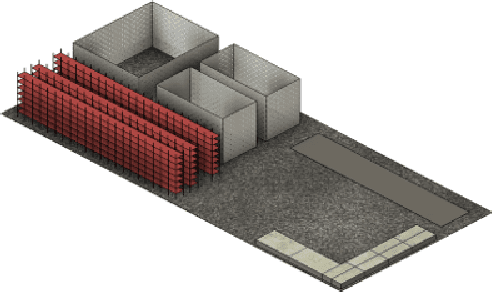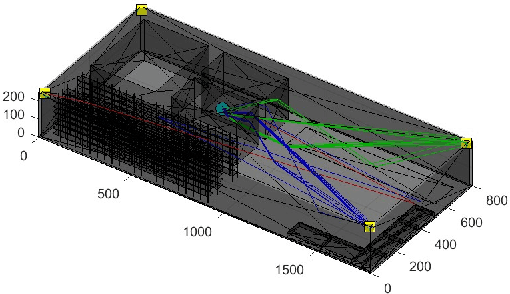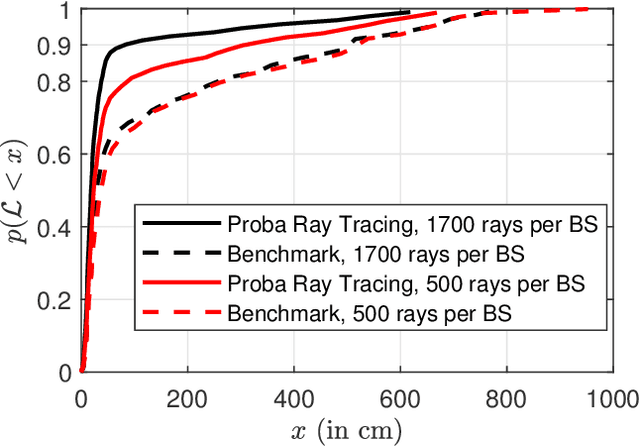Cristina Ciochina
Use Cases for Terahertz Communications: An Industrial Perspective
Jan 07, 2025



Abstract:Thanks to the vast amount of available resources and unique propagation properties, terahertz (THz) frequency bands are viewed as a key enabler for achieving ultrahigh communication performance and precise sensing capabilities in future wireless systems. Recently, the European Telecommunications Standards Institute (ETSI) initiated an Industry Specification Group (ISG) on THz which aims at establishing the technical foundation for subsequent standardization of this technology, which is pivotal for its successful integration into future networks. Starting from the work recently finalized within this group, this paper provides an industrial perspective on potential use cases and frequency bands of interest for THz communication systems. We first identify promising frequency bands in the 100 GHz - 1 THz range, offering over 500 GHz of available spectrum that can be exploited to unlock the full potential of THz communications. Then, we present key use cases and application areas for THz communications, emphasizing the role of this technology and its advantages over other frequency bands. We discuss their target requirements and show that some applications demand for multi-Tbps data rates, latency below 0.5 ms, and sensing accuracy down to 0.5 cm. Additionally, we identify the main deployment scenarios and outline other enabling technologies crucial for overcoming the challenges faced by THz system. Finally, we summarize the past and ongoing standardization efforts focusing on THz communications, while also providing an outlook towards the inclusion of this technology as an integral part of the future sixth generation (6G) and beyond communication networks.
Probabilistic Ray-Tracing Aided Positioning at mmWave frequencies
Aug 16, 2023



Abstract:We consider the following positioning problem where several base stations (BS) try to locate a user equipment (UE): The UE sends a positioning signal to several BS. Each BS performs Angle of Arrival (AoA) measurements on the received signal. These AoA measurements as well as a 3D model of the environment are then used to locate the UE. We propose a method to exploit not only the geometrical characteristics of the environment by a ray-tracing simulation, but also the statistical characteristics of the measurements to enhance the positioning accuracy.
 Add to Chrome
Add to Chrome Add to Firefox
Add to Firefox Add to Edge
Add to Edge